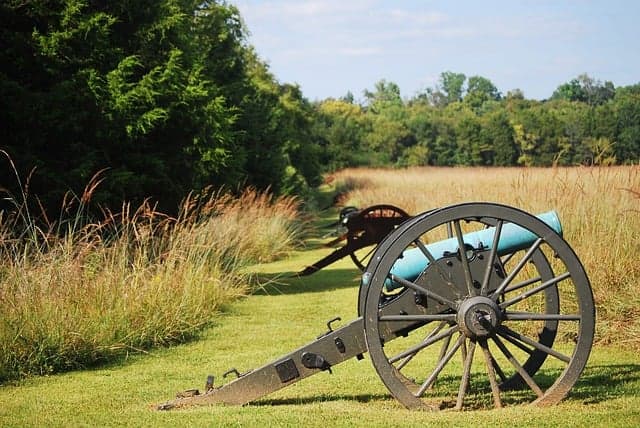Hymns written during war have a special meaning for every nation as they become symbols of struggle, patriotism and hope. These works often reflect not only the heroism of soldiers, but also the suffering of citizens going through hard times. At such times, the music and words of anthems play a crucial role in boosting morale, strengthening national unity, and inspiring victory.
One of the most famous hymns written during the war is the Marseillaise, the anthem of France. Its music was written in 1792 by composer Claude Joseph Rouget de Lille, and its lyrics were inspired by the revolutionary spirit and the struggle for freedom. Written during the French Revolution, this hymn came to symbolize the struggle against tyranny and oppression, epitomizing the spirit of freedom and revolution. Over the years, the Marseillaise has remained an important symbol of French national identity, especially in the context of military conflicts such as the Napoleonic Wars and World War I.
Another famous hymn created during wartime is the British anthem God Save the Queen (or God Save the King depending on the monarch). This anthem was first sung in 1745 in London, and although it was not written specifically for wartime, it became an important symbol during the Napoleonic Wars and both World Wars. At critical moments in British history, when the country was on the brink of defeat, this anthem was not only a prayer for the royal family, but also an expression of patriotism and unity of the nation. The symbolism of the anthem in times of war was a powerful tool of moral support, keeping the spirit of the nation alive.
In the United States, the anthem The Star-Spangled Banner was also written in response to a military threat. The music for the anthem was taken from a popular song of the time, but the lyrics were written by Francis Scott Kay in 1814 during the Anglo-American War. The inspiration for the lyrics came from watching the battle for Fort McHenry, when the American flag was still flying over the fort despite heavy bombardment. The words became a symbol of survival, resilience and victory, and The Star-Spangled Banner has since become the unofficial anthem and then the official anthem of the United States.
Another anthem that originated in times of war is the Chinese anthem March of the Volunteers, written in 1935, at the height of the Japan-China War. The music was composed by Nie Er and the lyrics were written by the poet Tian Han. This anthem was a powerful encouragement to the Chinese people in their struggle for liberation from Japanese occupation. The hymn symbolized the determination of the Chinese to defend their independence and liberation from external oppression, and became an important part of Chinese patriotism in the following decades.
Hymns written in times of war have a special power and significance. They not only epitomize the struggle, but also help people cope with adversity, inspire victory and boost morale. They become not just musical pieces, but important symbols of a nation that overcomes any adversity.



